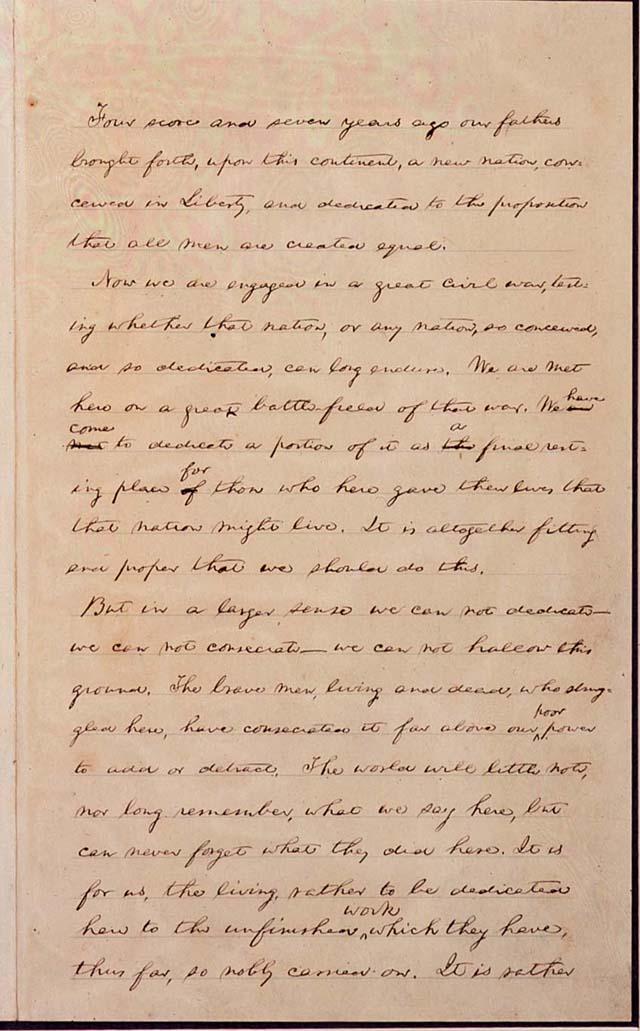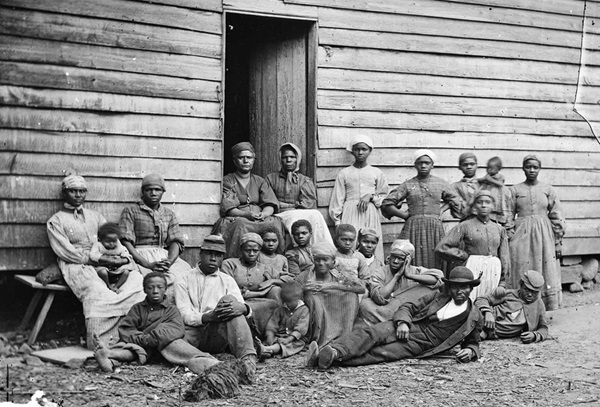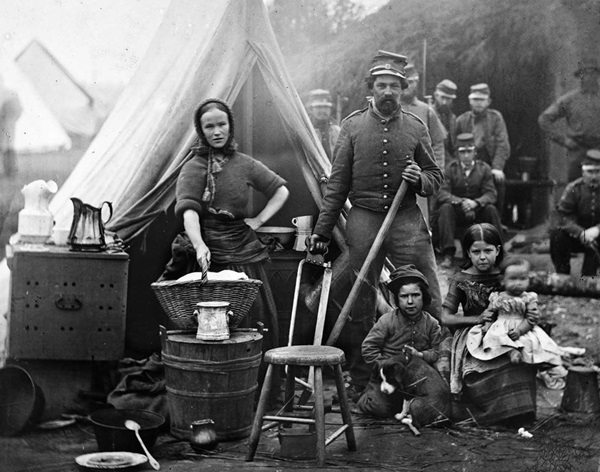In 1859, the United States consisted of 33 States and 10 organized territories. In 1860, the first of 11 states seceded from the
Union. South Carolina became the first Confederate State on December 20th of 1860, mainly due to the election of Abraham Lincoln as
President and his promise to abolish slavery. Mississippi had been discussing secession as early as 1850, but ended up being the second
state to join the Confederacy in January of 1861. Also in January of 1861, Florida then Alabama, Georgia, and Louisiana, joined the cause for the South.
In February of 1861, Jefferson Davis left his position as Senator to take the provisional role as the President of the Confederacy.
Also in February, Texas voted to leave the Union even though only 25% of the families were slave owners. The secession of
Texas was official on March 2nd of 1861. Virginia left in April and the Union lost Arkansas and North Carolina in May. Tennessee was
the 11th State to secede officially in June of 1861.
While four other states held slaves – Delaware, Maryland, Kentucky, and Missouri – they remained officially in the Union of the United States. Many of the border states were split during the Civil War and families often saw brothers fighting brothers.
Fort Sumter, located on an island near Charleston, South Carolina, was the site of the first battle of the Civil War when Major Anderson of the Union Army refused to surrender his post. In only two and a half days, the South Carolina militia of over 3,000 soldiers took down the outer walls of the Fort and forced the surrender of Major Anderson and his troops. Only a week later, Federal troops burn the arsenal at Harper's Ferry to keep the supplies from falling into the hands of the Confederacy.
The Battle of Bull Run is fought in Manassas, Virginia in July. Almost 3,000 Union soldiers and almost 2,000 Confederate soldiers lost their lives. One of the largest problems for the two sides was the lack of distinction between the troops. Because many soldiers and volunteers wore their local uniforms, many soldiers were wearing the colors of the opposing sides in addition to an elite Union group that showed up with red pants and Fez hats. The confusion caused many to kill fighters on both sides as well as the hordes of
spectators that came from Washington D.C. just to watch the battles. Uniforms were eventually standardized with most Union soldiers wearing blue and most Confederate soldiers wearing gray.
The first national income tax in U.S. history was signed into Law in August of 1861. The war was costly to both sides and the tax would allow some of the debt to be recouped. All the while, battles raged on and moved into Kentucky and Missouri forcing them to choose sides. In 1862, forts in Tennessee surrender to the North and Union soldiers take up positions in Arkansas and Missouri. By March,
the battles have reached as far west as the territory of New Mexico.
The Emancipation Proclamation is given by Lincoln in September of 1862, which freed all slaves if the Confederate States surrendered and returned to the Union by the end of the year. Unfortunately, in an age without good communication, most states had not even heard
of the Proclamation until well past the deadline. Since the initial aim of the war was to return the States to the Union, freeing the slaves was now the primary focus of the war. The Proclamation also allowed any black men of "suitable condition" to help the Union fight for their freedom.
Lincoln delivers the Gettysburg Address in November of 1863. The speech was intended to give a few opening remarks at a dedication for
a National Cemetery. While only two minutes long, the Gettysburg Address became one of the most popular speeches in American history, paving the way for Democracy.

The official end to the war came in April of 1865, when General Robert E. Lee finally surrendered unconditionally to General Ulysses S. Grant.
Only five days later, Lincoln would be assassinated at the Ford's theatre in Washington, D.C. Andrew Johnson would be sworn in as Lincoln's replacement the following day. In December of 1865, the thirteenth Amendment freeing all slaves was declared ratified.





